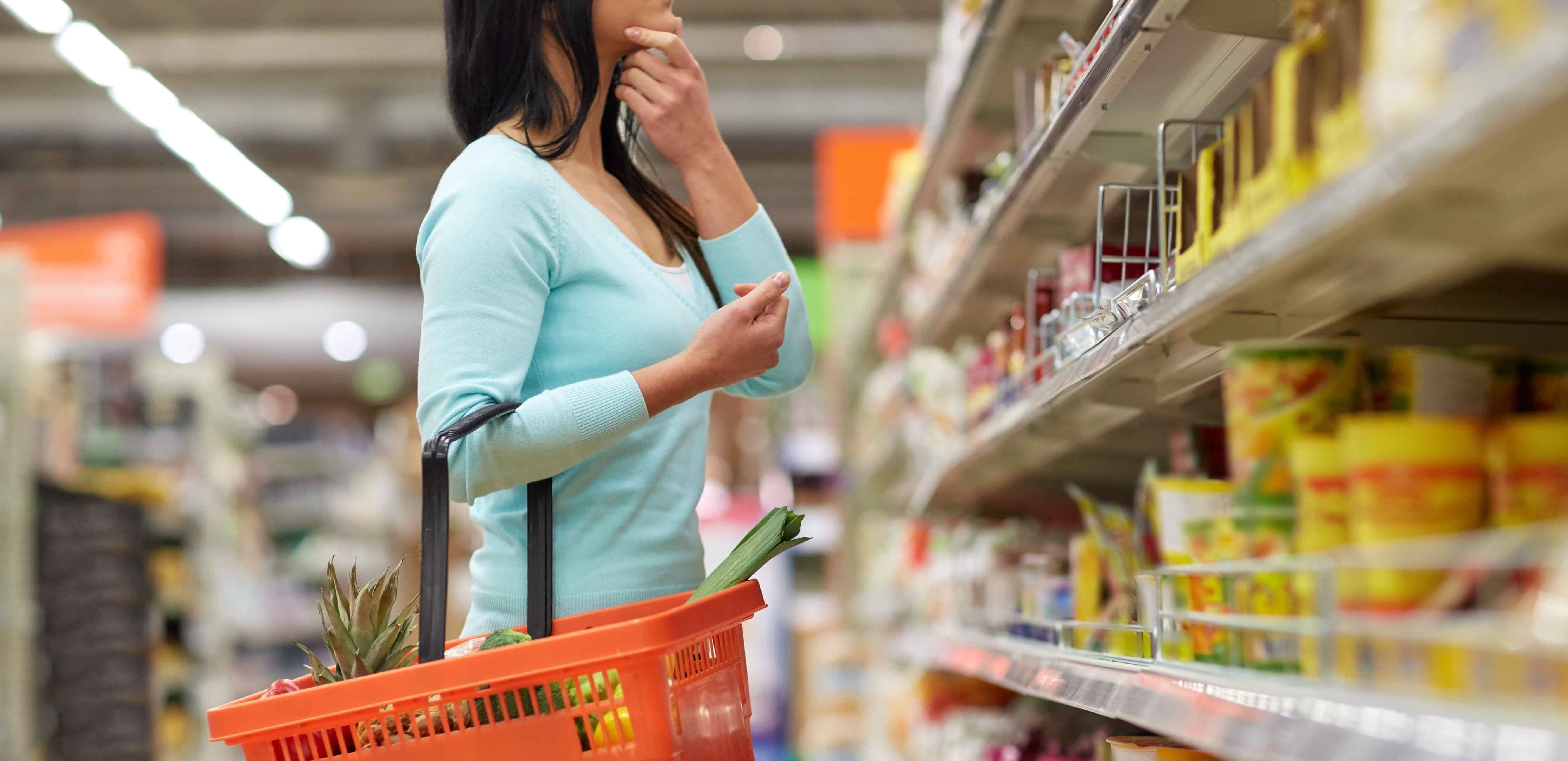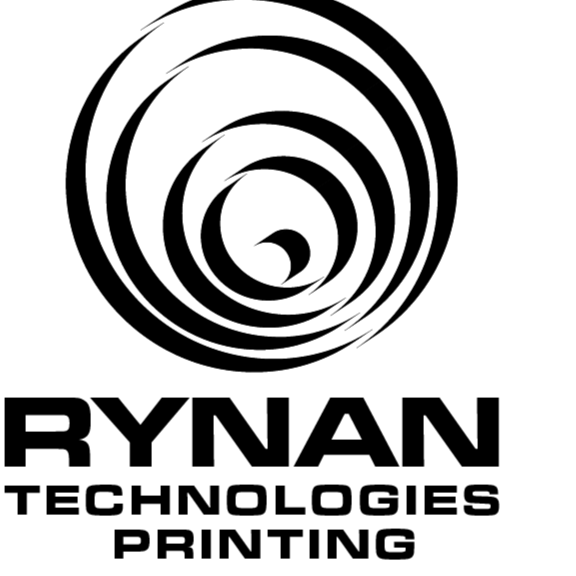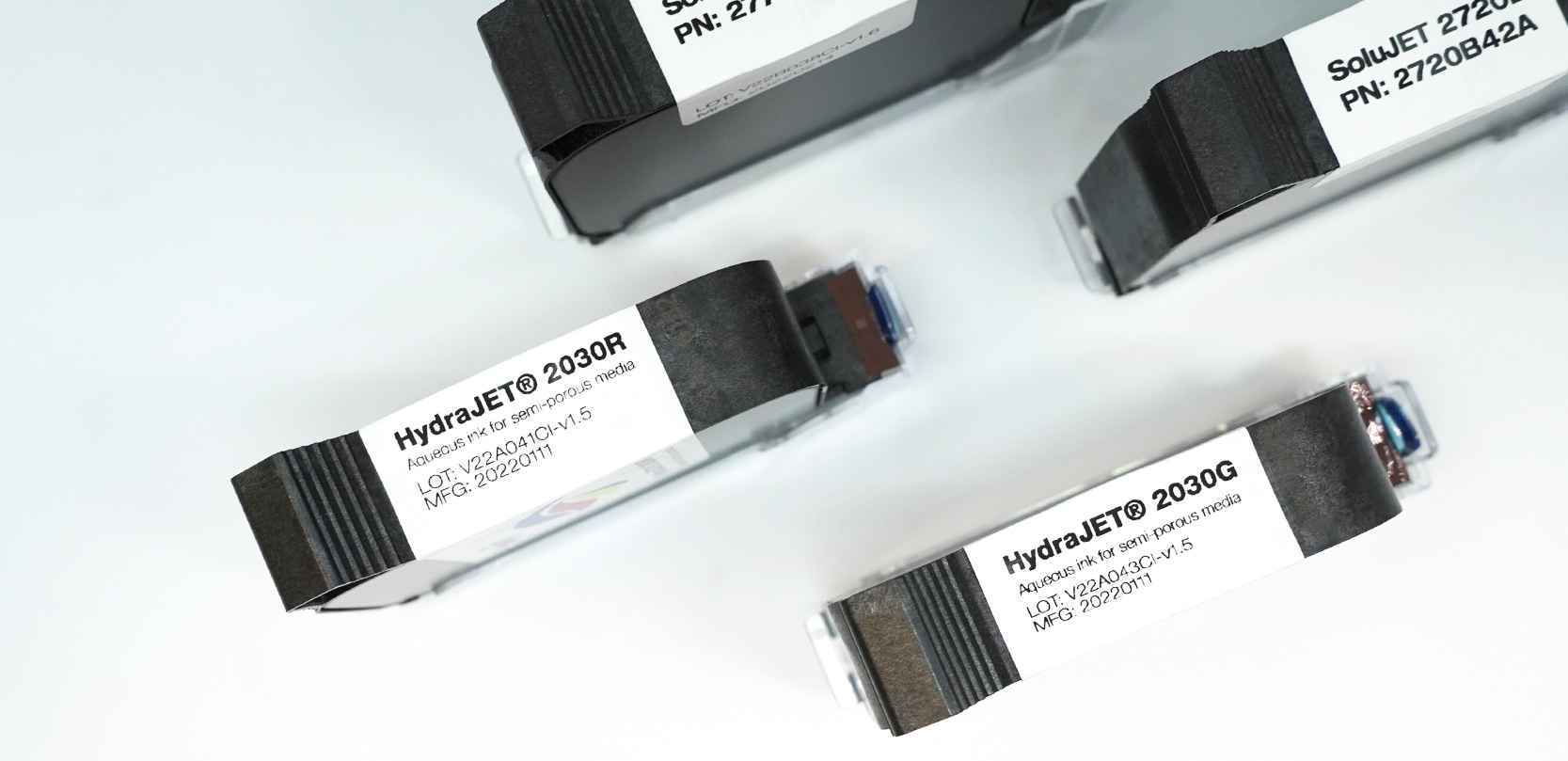
Consumers Are Driving Key Trends in the Coding and Marking Industry
If there’s anything that the pandemic has taught us, it is that change is constant and far more rapid than we can imagine. One of the most telling signs is the rate at which consumer behaviour is evolving. The pandemic is fast shifting consumer behavior towards online shopping, e-commerce and convenience. There is also a heightened awareness towards hygiene, food safety and environmental impact from an increased use of packaging. All of these evolving consumer behaviors hold domino effects for the entire value chain, including the coding and marking industry.
Here we examine 4 key emerging megatrends and how changes in consumer behavior will drive ink innovations and shape the digitized future of the coding and marking industry.

1. Consumers are increasingly concerned about safety and sustainability
Consumers today have a growing awareness of safety, sustainability and ecological issues - all of which are evolving into top concerns for businesses. As market trends unfold, brands and suppliers (particularly those in the packaging, coding and marking industries) have the responsibility to comply with global safety regulations, all while exploring sustainable packaging and ink options to minimize risks.
Product safety is at an all-time high
Besides protecting products and maintaining freshness, packaging communicates important information such as ingredients list, batch numbers, best before and expiry dates. It is imperative that no harmful substances from the packaging material can migrate into consumables such as food, pharmaceutical products and personal care products. Fears of Covid-19 virus surviving on packaging have also significantly influenced the choice of packaging substrates, and subsequently, the choice of inks used for printing.
With an increased emphasis in safety regulations and hygiene, inks therefore play a crucial role as they may come into contact with contents in the packaging. For instance, a batch number printed on a soup base packet may require it to be printed with FDA-certified food-grade ink, as it is placed together with the instant noodles in the same pack, increasing the probability of the print coming into direct contact with the noodles. It is also mandatory that inks used on microwavable packaging do not migrate into the food.
Besides the need to be durable, rub-resistant, fast-drying and provide good legibility, demands for Methanol-free, BPA-free, Benzophenone-free, low-VOC, low-odor and UV inks are also influencing food and pharmaceutical manufacturers’ ink decisions for coding and marking on packaging. By using low-migration inks from trusted suppliers that have been developed to ensure product safety and non-irritation, brands can provide better offerings for consumers without affecting the product’s odor, taste and flavor.
Sustainable packaging is gaining clout
In today’s eco-conscious world, consumers are demanding sustainability in the products they purchase, choosing more environmentally friendly packaging and preferring brands that align with their values on sustainability.
Nestlé for example, has partnered with TerraCycle to make 100% of their packaging recyclable or reusable by 2025 to support a circular economy. Such trends will have implications for inks used for printing, coding and marking. This means that ink manufacturers and those in the coding and marking industry have to be agile by developing innovative ink solutions that produce quality, legible prints on such substrates. Recyclable packaging calls for recyclable inks. Eco-friendly inks printed on a biodegradable substrate should be compostable and formulated with plant-derived or sustainably sourced bio-renewable ingredients. In the case of reusable packaging where empty containers are collected from consumers’ homes and brought back to be cleaned, refilled and delivered back to consumers; ink manufacturers should enable recycling efforts with ink technologies designed to be recyclable and durable enough to last the product’s lifecycle.
2. The rise of environmentally-friendly coding technologies
The spotlight on sustainability has also led to the rise of environmentally friendly coding technologies. While continuous inkjet technology (CIJ) used to be the go-to solution for coding and marking for packaging food, pharmaceuticals and other consumer products, thermal inkjet technology (TIJ) is fast becoming the print of choice for its excellent legibility and best cost of production for short and medium-run print jobs. In addition, TIJ printers consume up to 80% less power compared to CIJ printers and reduce volatile organic compounds (VOCs) by almost 90% compared to CIJ systems - adding environmental gains in TIJ’s favor. In our efforts aimed at a more sustainable future with less waste, RYNAN India also assists in recycling our used TIJ print cartridges.

3. There is a global push for eco-friendly inks to protect the environment
The market for eco-friendly inks is expected to grow at a CAGR of more than 4% globally during the next 5 years (2021-2026). Over the past couple of years, there has been considerable push in the demand for eco-friendly inks to reduce VOCs to protect the environment, especially in Asia Pacific. Globally, stringent regulations are also forcing companies to adopt eco-friendly inks such as vegetable-based inks and UV inks instead of conventional inks.
Eco-friendly inks should be non-toxic with reduced VOCs emission and be free of or have only trace levels of heavy metals. In addition, eco-friendly inks that use bio-renewable ingredients derived from plants or natural oils that are printed on biodegradable substrates are also expected to be recyclable or compostable without any harm to the environment.
Other eco-friendly ink alternatives of particular interest include UV cured inks. The market for UV cured printing inks is expected to reach USD 1.6 billion by 2026. UV inks cured by LED lamps are able to print on a wide range of substrates including thin, flexible, heat-sensitive foils and non-porous substrates such as plastics, metals, glass and even glossy finishes. As innovations in UV cured inks continue, the development of bio-based UV-curable inks is also expected to offer various growth opportunities.
4. Globally, there is an urgent need to adopt digitization
With growing consumer concerns surrounding product safety and sustainability, there is now an urgent need across the manufacturing industry to quickly embrace digitization, especially in tackling issues of traceability, counterfeiting and waste reduction. This includes introducing track and trace technology into systems, adopting IoT and integrating AI to fully optimize supply chain management and minimize waste, and utilizing remote automation to improve productivity.

Increased traceability protects both consumers and companies
The food and pharmaceutical industries are among the most regulated sectors for supply chain traceability. Coding and marking products help complete traceability to safeguard both consumers and companies through batch numbers, barcodes, expiration dates. As coding technologies advance with real-time reporting and analytics, consumers can gain more transparent insights into the original sources of the components that make up a product. For example, consumers are able to trace a bottle of wine as far back to the region where the grapes were grown. In the instance of pharmaceutical products which are made with various ingredients, traceability will also help companies recover quickly from product recalls should an ingredient be compromised, or if counterfeit products surface.
Digitization can lead to increased consumer interaction and engagement
Through digitization, coding and marking will have an even bigger role than simply batch numbers and expiration dates. Think interactive coding on products that can drive consumer interaction and engagement through storytelling. By simply scanning a code on the product with their mobile phones, consumers are taken on a journey about the product’s lifecycle. For instance, it could be a sustainability story about a local grower who does not use chemical fertilizers or pesticides. Consumers are able to see where the harvest is produced and its by-products. They are also able to know how their purchases will support and benefit local farmers in a region. Code scanning can even suggest complementary products. Interactive codes can thus heighten product engagement and elevate sensorial experiences through storytelling, leading to stronger branding and higher consumer retention. In addition, smart inks used for coding and marking may be able to inform consumers on the actual ‘best by date’ given how the consumer has been storing the product, e.g. if it has been stored at a temperature higher than what is recommended on the packaging.
Digitization will not only improve productivity, enhance traceability and lower costs and risks through automation. Businesses will be able to collect valuable consumer intelligence, engage directly with consumers and build excitement around brands.
Digitization will play an increasingly important role in creating value for both consumers and businesses. It will facilitate sustainability, stay ahead of counterfeiting and most importantly, bridge the gap between brands and consumers.
That is true digitization.

Writer
References:
The Top Beverage Coding and Marking Challenges in 2020 Shaping the Industry’s Future, Coding & Marking Digest, 8 June 2021
Waste Not. Our collaboration with TerraCycle, Nestle, Feb 2021
David Feber, Lea Kobeli, Oskar Lingqvist & Daniel Nordigården, Beyond COVID-19: The next normal for packaging design, McKinsey & Company, 15 Jul 2020
Eco-friendly inks market - Growth, trends, COVID-19 impact, and forecasts (2021 -2026), Mordor Intelligence, 2021
David Feber, Oskar Lingqvist & Daniel Nordigården, Shaping the next normal of packaging beyond COVID-19, McKinsey & Company, 26 May 2020
Maimouna Diakhaby, David Feber, Abhinav Goel, and Daniel Nordigården, Wrapping up digital and analytics: Current value-creation opportunities for packaging players, McKinsey & Company, 11 Jun 2021

